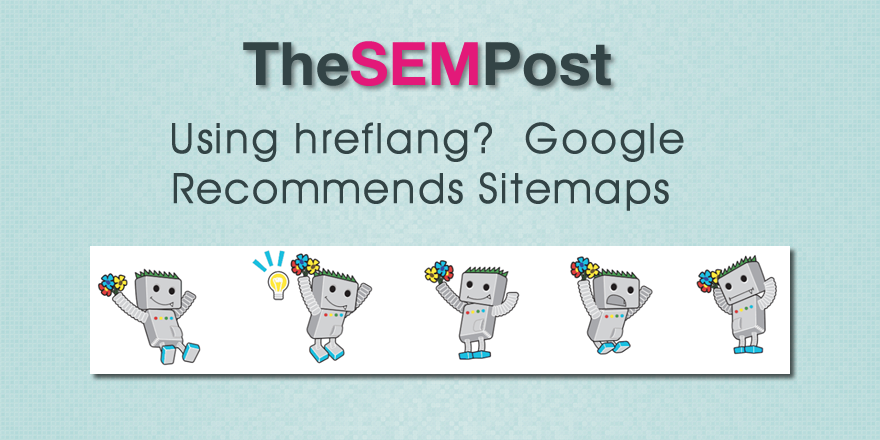 Is there one type of hreflang implementation that is more successful than others? Maile Ohye from Google was asked this question during the SEJ Summit on Wednesday. And she had some interesting comments about it, especially for first-time implmenetations.
Is there one type of hreflang implementation that is more successful than others? Maile Ohye from Google was asked this question during the SEJ Summit on Wednesday. And she had some interesting comments about it, especially for first-time implmenetations.
So does one hreflang implementation have greater success?
I would say yes. And then there’s like short term versus long term. So in the short term, if you have a lot of languages you are trying to map to, I would say to use the sitemap. And I would say that because for your protection, for rel canonical and pagination we cut off at the head. So anything we see after that, we don’t take into account because we don’t want users putting up their own “rel canonical to my blog”, right? So we cut off at the head so no one can alter it.
But for these sites that evolve a lot, sometimes the head is closing way sooner than all their tags. So it’s like on the page, why aren’t you seeing this?
So if you do it in a sitemap, you don’t have to care what your developers are doing with the code. “It renders right but we don’t see it in the head tag.” So that’s a lot of errors that we see. So I would say the sitemap is more foolproof in that way.
But long term, a sitemap is also hard to debug. So if you did it right, it works, and you can always check your errors in search console under international targeting. For a large site, I would go with sitemap and check for errors if possible at the same time.
So it seems sitemaps are the best solution for newer hreflang users who want to cause fewer mistakes. And of course, this answer was targeted to a newer crowd… but it is always best to go with the option that is more familiar, for those with experience.
Jennifer Slegg
Latest posts by Jennifer Slegg (see all)
- 2022 Update for Google Quality Rater Guidelines – Big YMYL Updates - August 1, 2022
- Google Quality Rater Guidelines: The Low Quality 2021 Update - October 19, 2021
- Rethinking Affiliate Sites With Google’s Product Review Update - April 23, 2021
- New Google Quality Rater Guidelines, Update Adds Emphasis on Needs Met - October 16, 2020
- Google Updates Experiment Statistics for Quality Raters - October 6, 2020
[…] Implementing Hreflang? Google Recommends Hreflang Sitemaps, thesempost.com […]